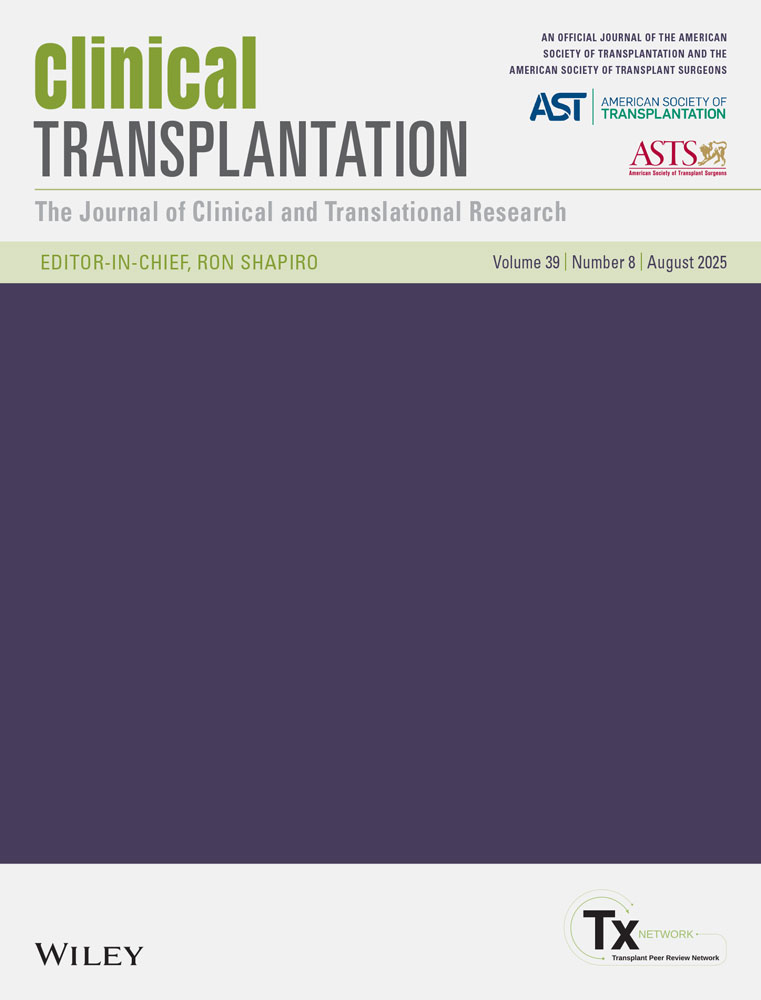International sharing of split liver grafts in Asia: initial experience
Abstract
The donor shortage problem is particularly serious in Asia and has markedly limited progress in liver transplantation. The increasing demand has, in fact, made it necessary to resort to living donor liver transplantation in both pediatric and adult recipients. Nevertheless, expanding the use of split liver allografts is yet another option to increase the supply. This has a wide potential application on a regional level because most liver transplant programs are still small and may have limited resources in terms of being able to do two transplants in one sitting. The first experience of overseas sharing of split liver grafts in Asia took place in January 1999. The graft was from a 35-yr-old donor from Kaohsiung, Taiwan, who sustained irreversible brain damage in a vehicular accident and had optimal conditions for multiorgan donation. The liver was split ex vivo and the left lateral segment was given to a 3-yr-old girl with biliary atresia at the Chang Gung Memorial Hospital. The extended right lobe split graft was transported to Hong Kong and transplanted into a 51-yr-old male patient with end-stage hepatitis C cirrhosis who was then in a state of acute failure with hepatorenal syndrome. Graft function was excellent in both recipients and the patient from Taiwan was discharged without any complications. Unfortunately, the Hong Kong recipient developed a cerebrovascular accident and required a reoperation for bile leakage from the cut surface of the liver in the early postoperative period. He has made a steady recovery since then; graft function has remained good and his kidneys have recovered. Both patients are currently alive and well 11 months post-transplant. This initial experience of overseas sharing of split liver grafts in Asia demonstrates its feasibility. It has a potentially wide applicability and could lead to the establishment of a formal organ-sharing network in the region. Established competence and mutual trust among the participating liver transplant teams would be essential in perpetuating such a graft-multiplying strategy on an organized basis.




